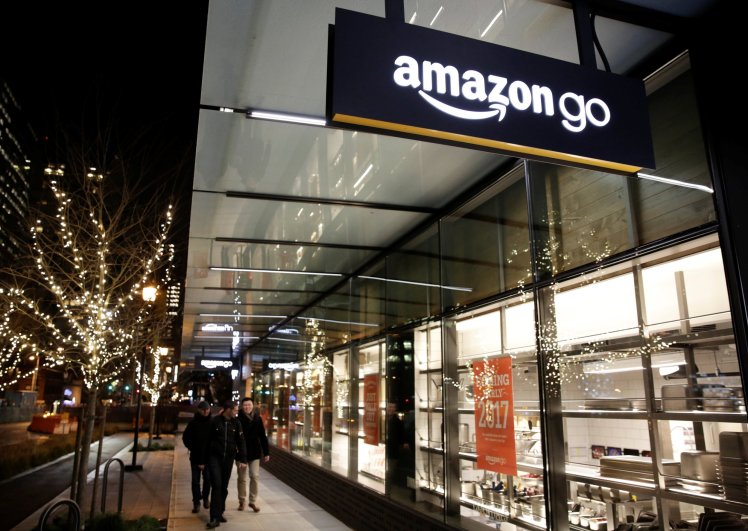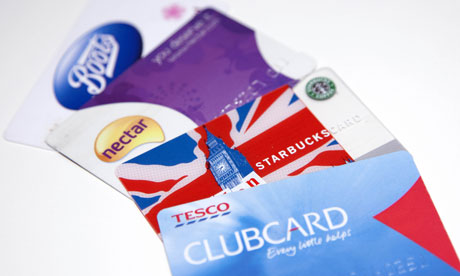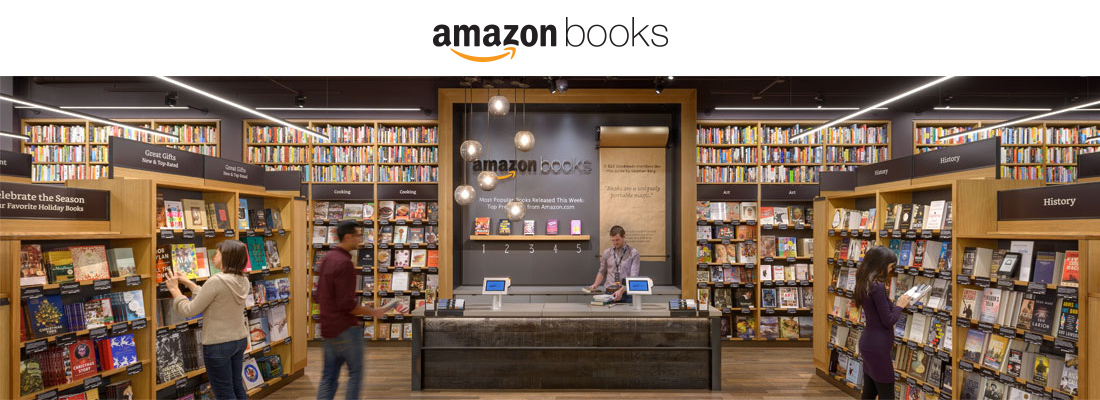
Amazon Go was announced last week: a potentially huge game-changer in off-line retail. For those of you who haven’t seen it, the concept is really simple. Products don’t have to be scanned. You pick them up, put them in your bag, and walk out of the door. Your smartphone captures everything you buy, and charges your Amazon account. Amazon has in theory managed to eliminate the biggest bug bear for most shoppers – the queue.
The irony is huge. It has taken this huge online company to create a solution to the most frustrating part of offline shopping. For all the billions invested in modern retail, a solution to the most painful of shopping experiences has eluded them. What can we learn from the launch of Amazon-Go?
Amazon Go – Real customer focus
I’ve written about it before, but too many retailers have failed to focus on what shoppers actually want. Perhaps (and I’m being cynical here) retailers quite like queues? After all, retailers profit from queues: that space at the checkout is only valuable to suppliers if shoppers stop there. Perhaps this, (and the fact that all retailers have queues), has been a contributing factor to why this problem hasn’t been addressed before.
Retailers seem to have kidded themselves that they can win shoppers hearts and minds with price, despite plenty of evidence to the contrary. Many shoppers have deserted the offline store, not just because of convenience or price, but because the average offline shopping experience is poor. Too many stores feel like warehouses. Too many are full of queues, and are populated by disinterested or misinformed staff, or simply not enough of staff, period. When was the last time you went grocery shopping and thought afterwards ‘that was great’? And the queue is universally disliked. You don’t need big data to tell you that!
Well, this one isn’t proven yet, but it does beg the question. Would shoppers rather save a few cents and stand in a queue, or would they rather pay a little more, but not have to queue? The reality is that some shoppers will prefer the former, some the latter. But there are plenty of shoppers who would pay for convenience. Retail has been too obsessed with addressing price, rather than really getting to grips with the shopping experience.
Amazon Go – Breaking paradigms
One lesson we can all take from this is the ability for an outsider to break the paradigms of an industry. The checkout has been a key part of self-service shopping since self-service shopping was invented. And while retailers have managed to invent self-scanning (which, one has to say, feels like it was more about reducing labor costs than it was about helping shoppers) and even hand-held scanners you can use as you walk around the shop, these technologies were merely transferring the task of scanning the product from a supermarket’s paid labor to free labor (the shopper!) Get the shopper to do all the work! Using technology yes, but not actually addressing the problem. The shopper still needs to take time to scan the product. Queues can still form at a self-scan checkout (especially as, in my experience, it rarely works properly). Amazon Go changes that, creating a system where there is no need for anyone to scan anything. That creates true convenience for the shopper.
We often come across paradigms in business with our clients (and I’m sure that we have plenty of myths that affect how we make decisions in our business!). Its human nature. Yet the threat is clear. Uber challenges taxi companies that thought that having a large fleet was a source of competitive advantage. Online retailers show retailers that stores can be a liability. And now Amazon are challenging again. So often the paradigm shift comes from the outside that creates the challenge.
An interesting move, and we’ll have to see whether Amazon can actually scale this. But it has raised a number of questions for me, which I think might be helpful for us all to ask.
- Are you really being customer-focused?
- Are you really addressing what customers really want, or what you can action easily?
- What paradigms are you laboring under, and who from outside your business might be able to share a new perspective?
How many myths do you have in your business? How many things are done in a certain way because that is the way that they are done? What would happen if that changed? And if you want to know what Amazon Go tells us about Amazon’s retail strategy, subscribe now, because that blog post is coming soon!


